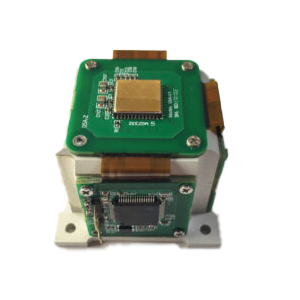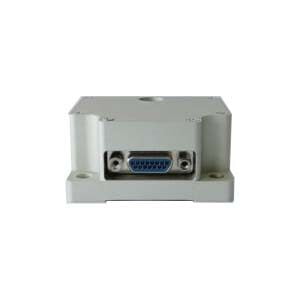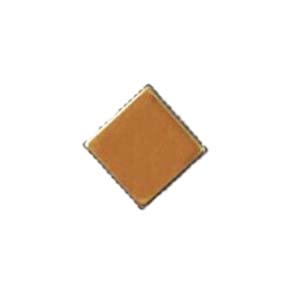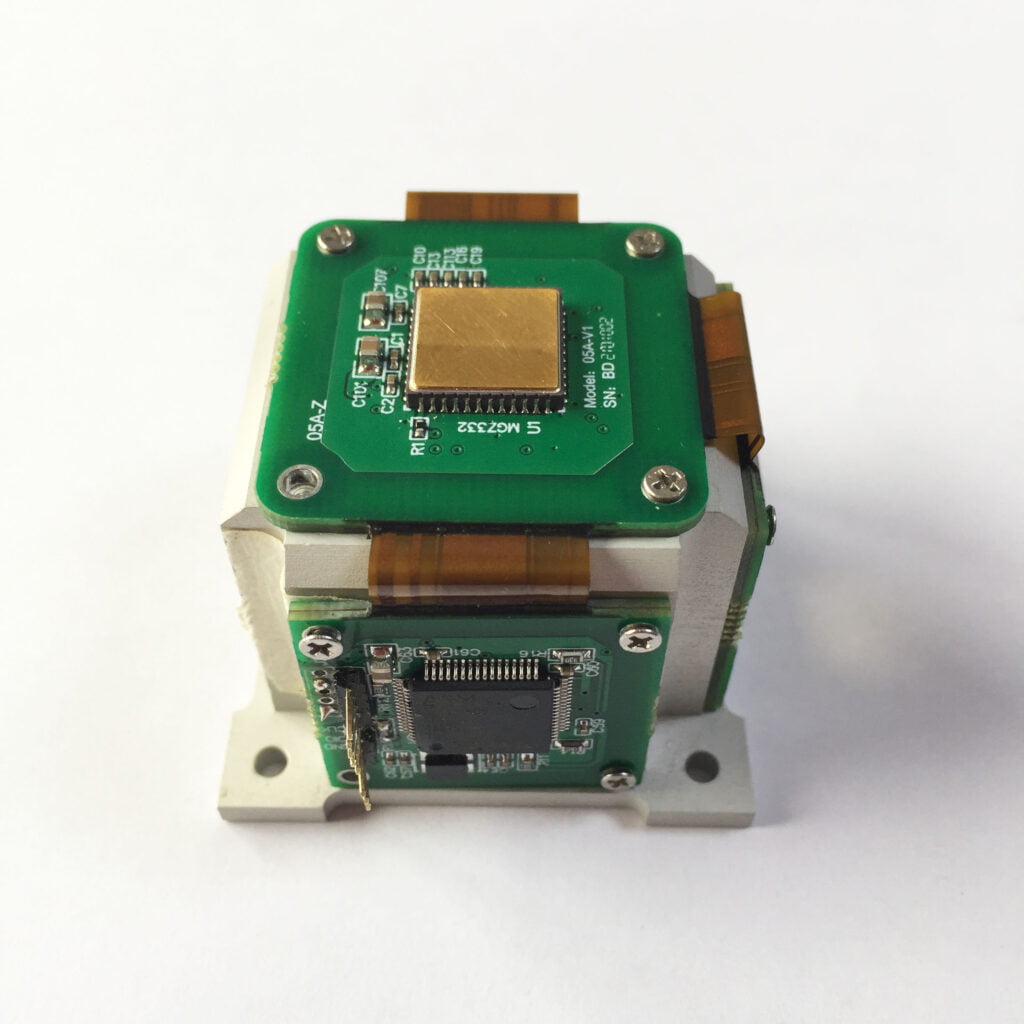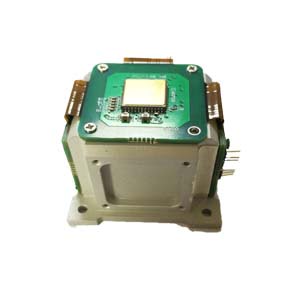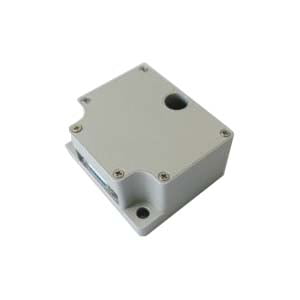1. How does the inertial measurement unit work?
The inertial measurement unit is based on the inertia theorem of force. The mathematical relationship between the force, acceleration and mass of an object is its theoretical cornerstone. Depending on the type of sensor, we can collect changes in physical quantities in different forms: changes caused by deformation of the object, changes caused by temperature rise and fall, changes in bubble shrinkage, and changes caused by illumination. The inertial measurement unit converts these physical quantities into voltage outputs by measuring the changes in these quantities in the design of the associated conversion circuit. This method of inertial measurement, which reflects the state information of an object by the change of acceleration in the motion of the object, is widely used.
2. Technical parameters of the inertial measurement unit
The first is to measure the sensitivity of the acceleration, which is a basic parameter. The higher the sensitivity of the measuring unit, the more accurate the measured voltage change, the more accurate the state position of the voltage conversion; the second is the refresh rate of the measuring unit, the faster the refresh rate, the more sensitive the measuring unit is. The validity of the measurement data is high. The compensation unit of the measurement unit is mainly temperature compensation. There are many measurement units with their own temperature compensation unit, and the compensation range is between 30 degrees and 70 degrees (Celsius). However, it should be noted that the accuracy of the inertial unit is not as high as possible. Consider both the measurement range and accuracy, and find a balance between the two.
3. Inertial measurement unit using MEMS technology
MEMS technology is widely used in the field of inertial sensing. It has applications in various fields such as human-computer interaction, drone control, and bridge monitoring. Due to the small size, high precision and portability of the measurement unit made by MEMS, the current inertial measurement unit is inseparable from the use of MEMS technology.
Shenzhou 11 and Tiangong 2 successfully achieved rendezvous and docking. The inertial measurement unit plays an important measurement role in it. It can be accurately sent to the ground command center, the running position of the spacecraft, and the operating status. With the gradual popularization of this technology. Inertial measurement units are gradually shifting from the military field to the civilian sector, such as navigation, medical, and life safety assurance. In the near future, inertial measurement units for sophisticated technology will gradually become closer to life.
If you want to get more details about inertial measurement unit,pls visit https://www.ericcointernational.com/inertial-measurement-units/
1. How does the inertial measurement unit work?
The inertial measurement unit is based on the inertia theorem of force. The mathematical relationship between the force, acceleration and mass of an object is its theoretical cornerstone. Depending on the type of sensor, we can collect changes in physical quantities in different forms: changes caused by deformation of the object, changes caused by temperature rise and fall, changes in bubble shrinkage, and changes caused by illumination. The inertial measurement unit converts these physical quantities into voltage outputs by measuring the changes in these quantities in the design of the associated conversion circuit. This method of inertial measurement, which reflects the state information of an object by the change of acceleration in the motion of the object, is widely used.
2. Technical parameters of the inertial measurement unit
The first is to measure the sensitivity of the acceleration, which is a basic parameter. The higher the sensitivity of the measuring unit, the more accurate the measured voltage change, the more accurate the state position of the voltage conversion; the second is the refresh rate of the measuring unit, the faster the refresh rate, the more sensitive the measuring unit is. The validity of the measurement data is high. The compensation unit of the measurement unit is mainly temperature compensation. There are many measurement units with their own temperature compensation unit, and the compensation range is between 30 degrees and 70 degrees (Celsius). However, it should be noted that the accuracy of the inertial unit is not as high as possible. Consider both the measurement range and accuracy, and find a balance between the two.
3. Inertial measurement unit using MEMS technology
MEMS technology is widely used in the field of inertial sensing. It has applications in various fields such as human-computer interaction, drone control, and bridge monitoring. Due to the small size, high precision and portability of the measurement unit made by MEMS, the current inertial measurement unit is inseparable from the use of MEMS technology.
Shenzhou 11 and Tiangong 2 successfully achieved rendezvous and docking. The inertial measurement unit plays an important measurement role in it. It can be accurately sent to the ground command center, the running position of the spacecraft, and the operating status. With the gradual popularization of this technology. Inertial measurement units are gradually shifting from the military field to the civilian sector, such as navigation, medical, and life safety assurance. In the near future, inertial measurement units for sophisticated technology will gradually become closer to life.
If you want to get more details about inertial measurement unit,pls visit https://www.ericcointernational.com/inertial-measurement-units/
More Technical Questions
2.What is the Main Sensor in an IMU?
3.What Does IMU Mean for A Drone
4.Internal Structure Analysis of IMU
5.What are the Application Scenarios of the IMU?
6.Application of IMU in UAV Flight Control System
Products in Article
